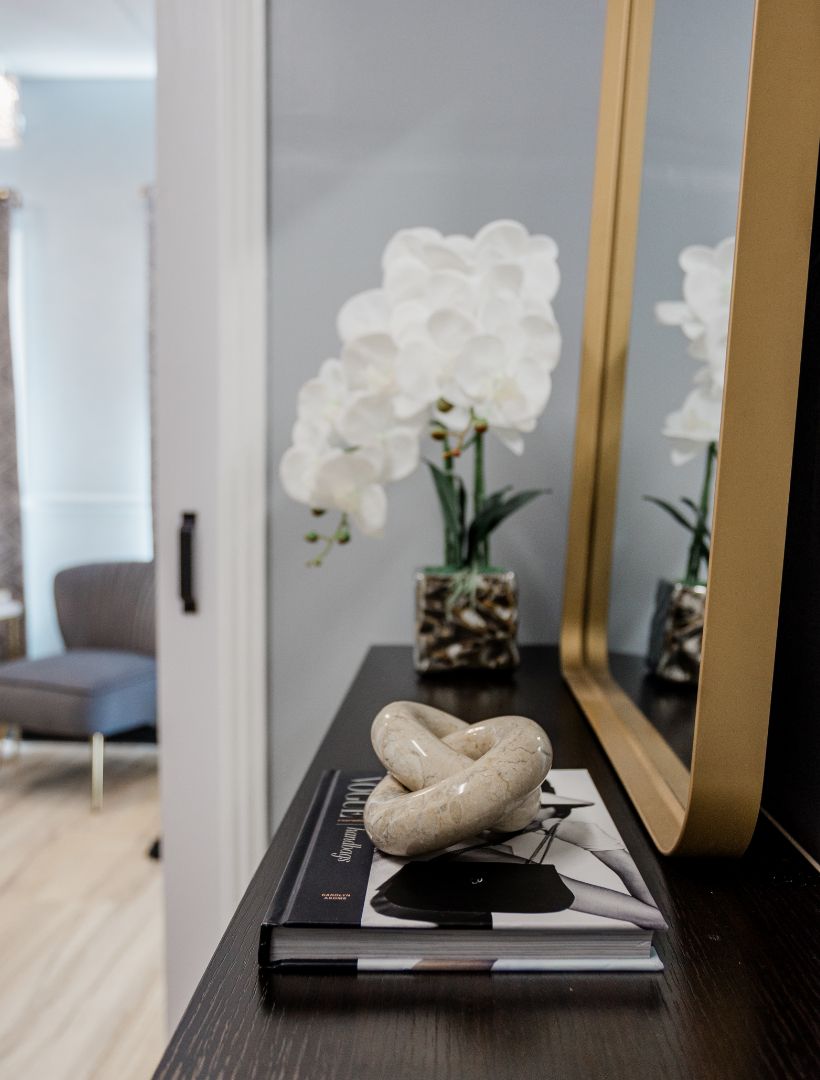Chemical Peels
Orange County, CA
Are you curious about what exactly a chemical peel is? The skin on the face, hands and neck can get easily damaged by sun, work and age. When dead skin gathers on those locations and begins to affect how you look and feel, it is time for a chemical peel.
Chemical peels exfoliate and remove dead skin, leaving behind healthier and softer skin you can show off. However, there are many kinds of chemical peels you can book an appointment for. The question is, what treatment will work best for your skin?
Why Get A
Chemical Peel
There are, of course, hundreds of skin care routines, thousands of products and millions of tips for getting clearer, cleaner, smoother skin. However, few of them have the proven effectiveness and strength of a chemical peel. Performed by skilled aestheticians, a chemical peel can remove years of dead skin cells and unwanted blemishes. It can practically reset your skin to a more youthful appearance. Plus, it feels amazing.
Skin Rejuvenation
Chemical peels are an FDA-approved treatment that rejuvenates the skin and can help fight conditions like dry skin, rosacea, melasma, brown spots and even oily skin. Basically, if you are not happy with any aspect of your skin, there is a good chance that a chemical peel treatment can work wonders.
Why Get A
Chemical Peel
There are a number of chemical peel options, so ask one of our staff which is right for your issue and skin type.
Acne Lift
An acne lift uses alpha hydroxy and salicylic acid to remove oil from the pores. They form a resurfacing agent that can greatly improve facial skin and reduce acne. These are fantastic for patients who have tried multiple kinds of acne creams and medications but have been left unsatisfied.
Jessner Peel
The Jessner peel is formulated to help with sun-damaged skin and uses a mix of lactic acid, resorcinol and salicylic acid.
Lactic acid is an alpha hydroxy acid that can help reduce signs of aging and sun damage. Resorcinol can help with eczema, acne, psoriasis, and other skin problems. The salicylic acid is also an alpha hydroxy acid and can help treat keratosis pilaris, certain kinds of dermatitis and acne.
Glycolic Peel
Peels using glycolic acid tend to be milder, with a quicker recovery time. It is an ideal peel for those with sensitive skin.
Glycolic acid is an alpha-hydroxy acid that works great for many different skin types. Some of this power comes from its tiny molecular structure: The glycolic acid molecule are actually much smaller than the lactic acid molecule and thus can penetrate deeper into pores.
Preparing For A
Chemical Peel
Before you come in for your appointment, make sure you are extremely hydrated and moisturized for a few days leading up to the appointment.
This also means stopping the use of all products that can dry your skin out a day or two before your chemical peel. Check your beauty products: Does it contain acid, or do you know from experience that this product dries your skin out? Give it a rest for the next couple days, and allow your skin to recover.
Any exfoliant use should also be severely limited or stopped completely in the days leading up to the procedure. Facial scrubs, exfoliating beads and other mechanical forms of exfoliation should also be limited.
If you are prone to hand sanitizer and your hands are part of the upcoming peel, you may want to take a break in advance. Hand sanitizer often contains alcohol and can severely dry out the skin of your hands.
What Does
A Chemical Peel Feel Like?
The whole process usually takes less than an hour, from lie-down to application to completion. Chemical peels use acidic compounds to remove dead cells, so there is a light feeling of burning. This tingling sensation should not be painful, more of a light irritation. If real pain is experienced, inform the chemical peel technician, who should still be in the room or nearby during the treatment.
Chemical peels come in different strengths, from medium to very light, which means the feeling could be lighter or stronger depending on the choice.
What Is The
Recovery Time?
Chemical peels are not terribly invasive, but like any procedure or treatment, there is some recovery time involved. It is wise to put a week or two between a chemical peel and a big event or photo shoot. Skin can remain slightly puffy and red for a little while after the treatment, which is something you should be prepared for. It also takes a few days for the skin to begin peeling, and it could take a week after that for all the dead skin to come off. Once that is done, the skin will be fresh, brand new and incredibly soft to the touch. It is advised to stay away from harsher face products (or hand products) that could damage the new skin.
During the recovery process, patients should make liberal use of lotion and sunscreen to further protect their new skin. To keep the new skin clean, avoid harsh soaps, and use products that have a hydrating component to them — ceramides can be a real help here.

Patient
Testimonial
All I can say is wow! The treatment I received a Optimal Plastic Surgery is beyond anywhere that I’ve ever been. Highly recommend!!! I love all of their stuff so much. Dr. Bivens is amazing and made me feel 100% comfortable the entire time. I will definitely be coming back.
—
Nicholas S.
Google Patient Review
Consider A
Chemical Peel Today
Daily skincare products and routines are extremely important for the long-term health of your skin. However, occasional chemical peels performed by qualified aestheticians can make a difference in the long run, not only in how you look but also how you feel about yourself. Call our office today to set up an appointment for your chemical peel.
